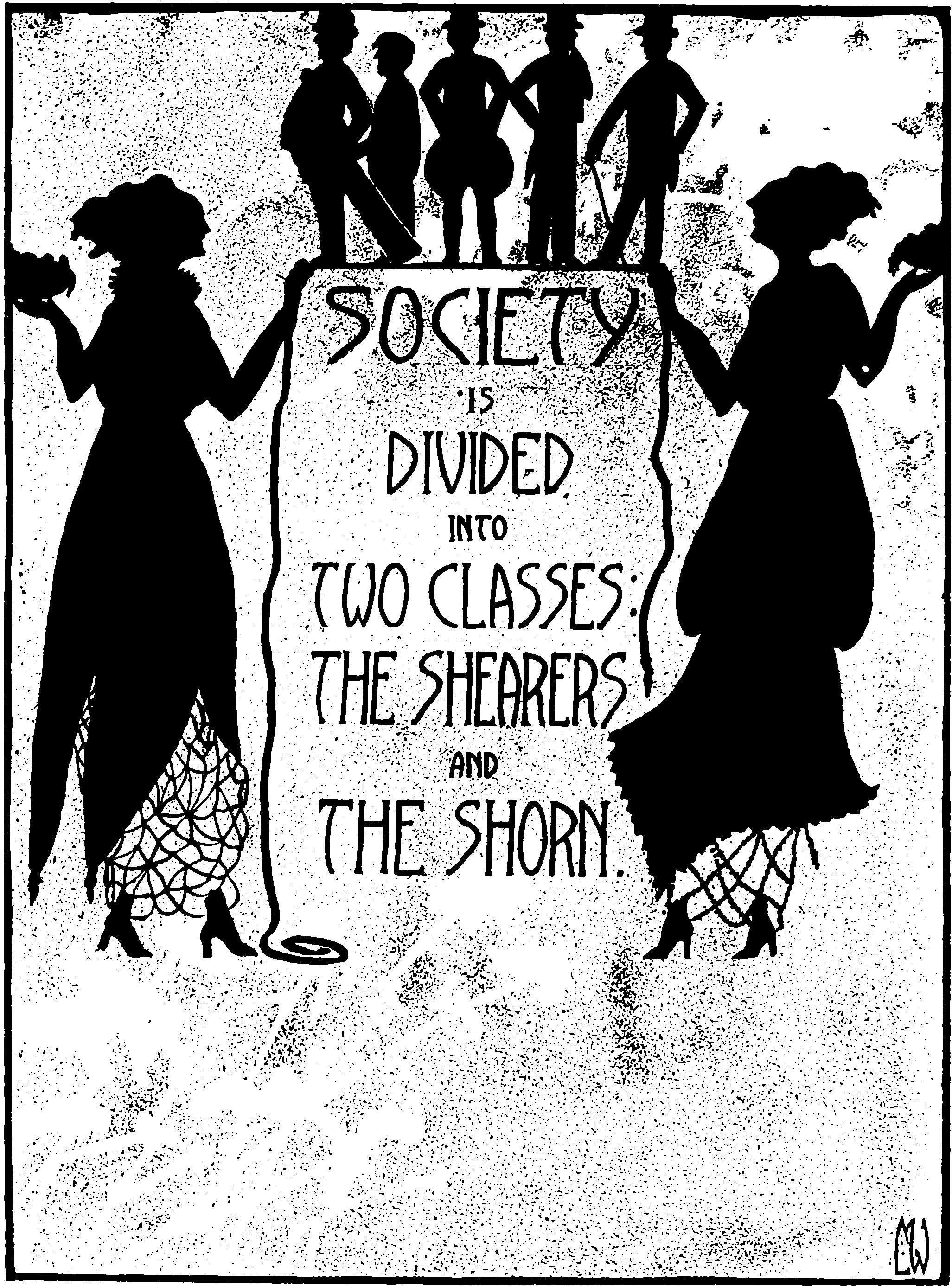Diversity in society
Pluralism, multiculturalism, tolerance, ghettoisation, xenophobic panic
2017-02-19 — 2022-02-12
Noisy chaos of notes about the frictions between people in the presence of differences in culture, ethnicity, sex, sexuality, neurotype, etc… Notes on how the flames of conflict are stoked. This is more large-scale stuff. At a smaller scale, there is the exploration of diversity within a single organisation or group. See pluralism for institutions that enable us to do better.
TBC. If I have time, I am going to shift the musings down the page and get to a data-backed guide to “how to get along better” with some epistemic community bursting.
1 Empathy
Have you noticed this is a loaded word now? Empathy, as in experiencing some approximation of someone’s emotions (which is what I was taught to call sympathy in school), is contentious as a basis of moral action, as a biased and anecdotal way of allocating social goods. Paul Bloom champions the anti-empathy framing. See also Putanumonit Jacob. If we are acting based on empathy, the thought goes, we are vulnerable to ethnic biases and resistant to evidence-based interventions in favour of things that feed our shallow empathy.
Apparently, etymology notwithstanding, compassion is what, in this taxonomy, we call the understanding that other people have different and legitimate experiences that we can hope to improve without waiting to feel like them. I am not convinced this particular distinction has much uptake. Luckily for me, I think that question is much more complicated than the headline empathy bad. But pity unexamined, I will concede, is a bad way of deciding what is good.
Related question: Can we align our feelings of empathy better with people from a different, e.g. ethnicity than ourselves?
Anyway, in the world I live in, a lot of basic human respect seems predicated on cultivating empathy, so where does it come from?
1.1 Contact
There is evidence that bringing people into contact makes them less prejudiced towards each other. (Counterpoint: Axelrod, Daymude, and Forrest (2021) argues that this effect only works when people are not yet cemented into opposition against each other).
1.2 Deep canvassing
One remarkably easy type of contact which has been shown effective at helping different people get along is deep canvassing. There is a fascinating scientific scandal in the history of this idea, what with the famous LaCour study, which was fake, and the Broockman and Kalla study (Broockman and Kalla 2016), which was real. There is a convenient Dave McRaney podcast on this theme.
TODO: review the links in Yglesias’ How to be an anti-racist:
[in freshman dorms at American colleges], central planners dictate where people will live and force racial integration. And that lets us ask, “what if you are assigned a Black roommate?” The answer (Camargo, Stinebrickner, and Stinebrickner 2010) is that students assigned to a Black roommate end up with more Black friends, even if you exclude the roommate from the count. A somewhat similar survey looked at peer group assignments in the Air Force Academy (Carrell, Hoekstra, and West 2015), with broadly similar results.
This general phenomenon is the Contact Hypothesis — that actual interaction with members of diverse groups will lead to less prejudice. And while Contact Hypothesis doesn’t hold up in all cases, meta-analyses tend to strongly support it overall (Pettigrew and Tropp 2000). A really interesting study by Xuechunzi Bai, Miguel R. Ramos, and Susan T. Fiske (Bai, Ramos, and Fiske 2020) finds that “at national, state, and individual levels,” places with more diversity feature less stereotyping. Detailed research from Census records suggests that white kids who grew up living next door to a Black family are more likely to grow up to be Democrats. There is a similar outcome based on the rise and fall of integration-promoting busing (Billings, Chyn, and Haggag 2021) in North Carolina.
1.3 Games
Playing video games requiring us to step into someone else’s shoes can often help us behave more sympathetically towards them. Simonovits, Kézdi, and Kardos (2017):
We report the results of an intervention that targeted anti-Roma sentiment in Hungary using an online perspective-taking game. We evaluated the impact of this intervention using a randomized experiment in which a sample of young adults played this perspective-taking game, or an unrelated online game. Participation in the perspective-taking game markedly reduced prejudice, with an effect-size equivalent to half the difference between voters of the far-right and the centre-right party. The effects persisted for at least a month, and, as a byproduct, the intervention also reduced antipathy toward refugees, another stigmatised group in Hungary, and decreased vote intentions for Hungary’s overtly racist, far-right party by 10%. Our study offers a proof-of-concept for a general class of interventions that could be adapted to different settings and implemented at low costs.
I wonder how reproducing that one has gone?
2 Institutions for
See pluralism.
3 Neurodiversity
4 Subcultures
see subculture dynamics.
5 Law and fairness
Racial bias US police shootings controversy continues. Note to self to revisit SPRS and see how this plays out.
6 Online radicalisation
🏗: Read Paul Gill’s meta-meta-review of how terrorism recruits. I suspect that this might reveal interesting perspectives on how non-violent extremism recruits also, and polarisation happens etc.
7 Outgroups
Keyphrase: The klansman calling the snowflake white.
A classic front was Gamergate. Here are some takes on what happened there.
Steven Wittens, Occupy WWW Street
4chan: The Skeleton Key to the Rise of Trump In particular, this one’s not about disgruntled white baby boomer males, but about disgruntled disenfranchised youngish males, and their proactive, rather sophisticated and techno-savvy, mobilisation in context.
Gamergate: Anon Defends his Safe Space […] gamergaters believed that online sleuthing would uncover a tangible conspiracy about how game creators colluded to further a “Social Justice Warrior” agenda. Among many others, they hacked the Skype account of the indie game developer I was working for at the time, presumably reading our conversations about the game we were making looking for the moment when we uttered “now to further the secret SJW agenda”. What they found instead was my boss patiently explaining to me the best ways to make a video game. […]
For Scott Alexander arguing that lumping all geeks in together and disregarding their grievances is a problem, see Untitled:
There is a growing trend in Internet feminism that works exactly by conflating the ideas of nerd, misogynist, virgin, person who disagrees with feminist tactics or politics, and unlovable freak.
A problem is that like many other group classifiers, “geeks” and “feminists” in this kind of context frequently fail to refer to what they sound like they do. Feminists for example, are not in rhetorical context, “people who hold views supportive of improved outcomes for women” but rather “people who are disproportionately likely to be identified as feminists because they occupy an extreme, SEO-prominent, and possibly unrepresentative position in my corner of the internet.” Isn’t the whole thing that the modern public sphere does is jam us in with the worst examples of people who disagree with us?
Anyway, I digress. One argument of Alexander’s is that the counterpoint to sensitive men arguing #notallmen, is that there is a strand of internet discourse that argues #yesallgeeks. There is also one about the danger of arguing that oppression and toxicity is a zero sum game. TBC.
See also Jon Ronson’s So you’ve been publicly shamed.
8 Legible pain
For a cultural-studies take which criticises geekdom for trying to acquire the same rights of other minorities, see Postmodern geekdom as simulated ethnicity. Who gets to decide if an ethnicity or subculture is authentic or simulated? Is queer culture or autism spectrum subculture less legitimate because it does not come attached to an externally unintelligible language and a distinctive skin tone?
That question has an extremely dark history, and some conservative overtones. If there is a cohesive set of practice or grievances common to an active community of alienated geeks, is that not also deserving of understanding? Is it only identities that are sufficiently other? Or sufficiently similar? Is there a widely accepted diagram that can separate these cases from me?
Arthur Chu’s Of Gamers, Gates, and Disco Demolition: The Roots of Reactionary Rage has on which concerns are ‘legitimate’ and the battle over whose pain counts.
Underdogs, make no mistake, can be vicious and cruel and evil, all the more so because they have a grievance to justify their viciousness. But to be an underdog is to lack power. It means, by definition, that you’re weak, where the overdog is strong.
I didn’t think how “legitimate criticisms” — like the legitimate criticisms of the materialism in the “disco lifestyle,” like legitimate criticisms of the cliquishness of the tiny indie video game scene — get used as fuel by reactionary hate mobs.
I’m not presuming angry reactionaries are people without legitimate grievances, although I want to think about the reactionary and disproportionate and possibly long-term self-destructive responses; esp scapegoating of that another party on the basis of being visible, other and/or involved, rather than plausibly to blame or malevolent, or free from oppression themselves. Just because the response is disproportionate, or ill-considered, or is harnessed for the causes I oppose does not mean the cause it not legitimate. Although if the thing (people) they are blaming is not the root cause and their strategy is not a real remedy it is of course an interesting question who benefits from their mobilization.
For a lefty version of this problem, see The Soft Target:
Even more modest reformist goals sound increasingly forlorn at this end of modernity. […] All the institutions and systems involved in what seem to be the most awful, oppressive or unjust dimensions of everyday life in the 21st Century seem to be vulnerable to nothing but their own frailties and contradictions. The powerful are mostly behind walls, inside fortresses. They have the money and the influence to outlast or overwhelm most legal challenges. They don’t particularly fear mass protest, not that there seems to be much danger of protests being genuinely massive in the United States as they have been in many other countries. The political process is drowning in oligarchic money, and even if reformers get elected, they often find it nearly impossible to challenge entrenched interests or do much beyond tinker with the status quo.
Most targets are hard, both in the sense of “difficult” and “protected”. So what has happened in a lot of what passes for democratic politics in the 21st Century, particularly in the United States, is a preference for soft targets: institutions that have to remain ‘open’ in some sense to protest and dissent, or individuals and groups who are compelled for some reason or another to remain accessible and responsive to public criticism.


